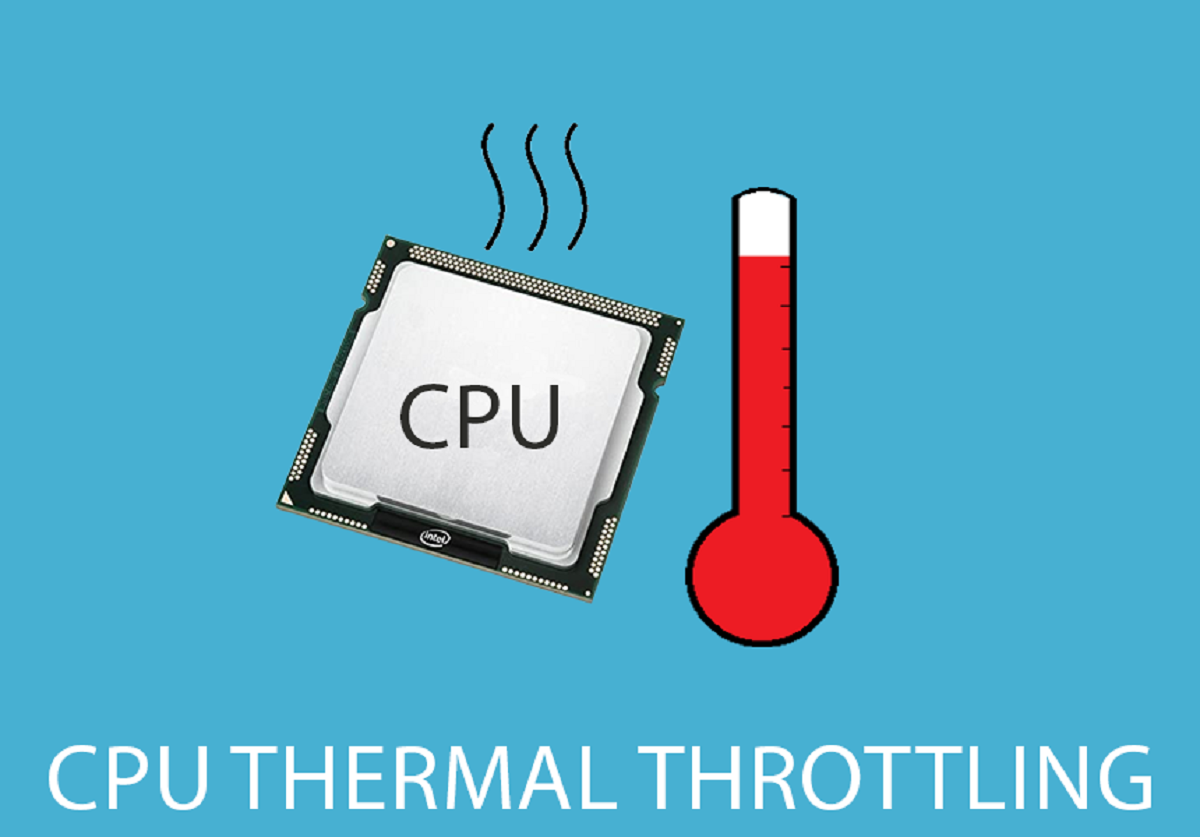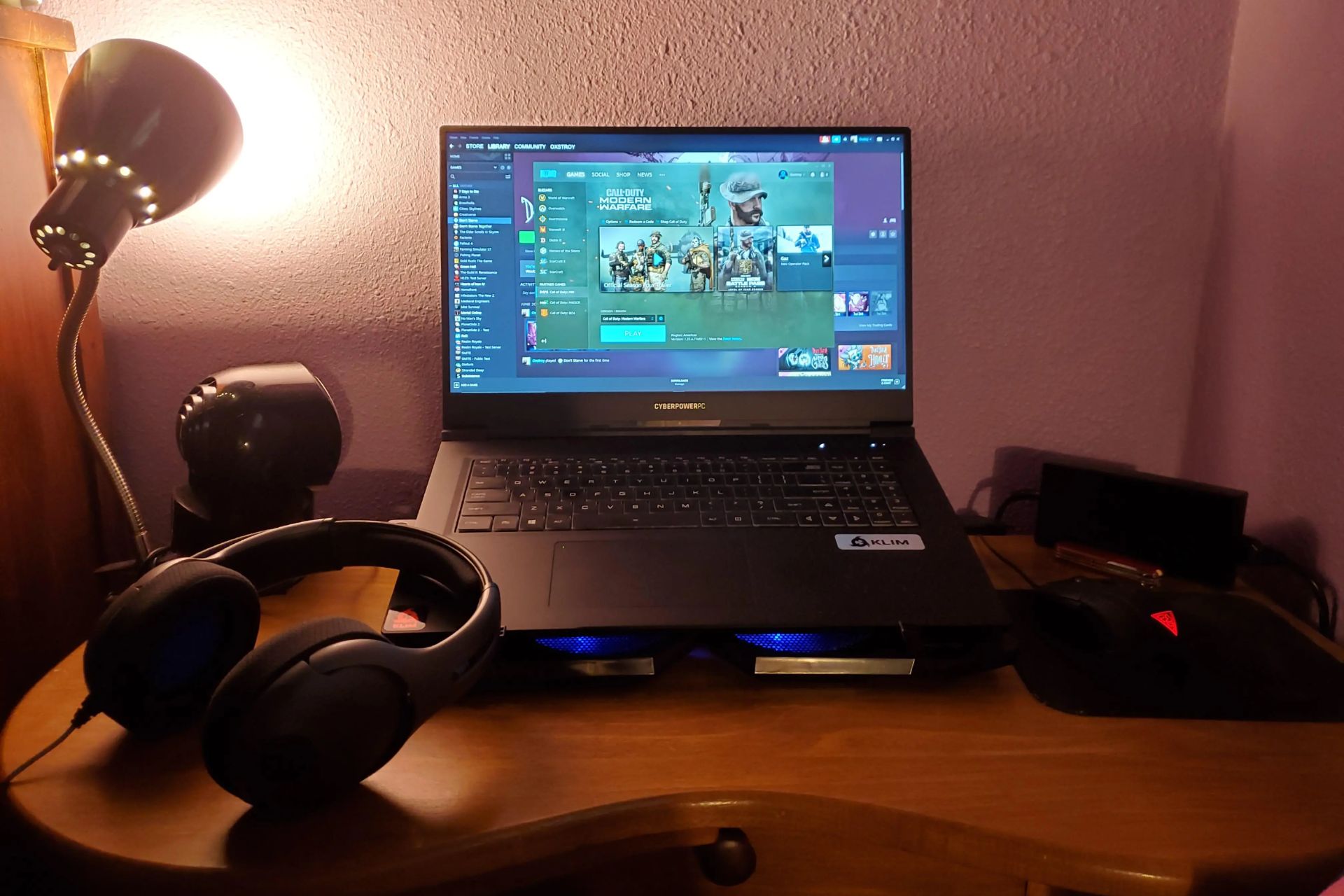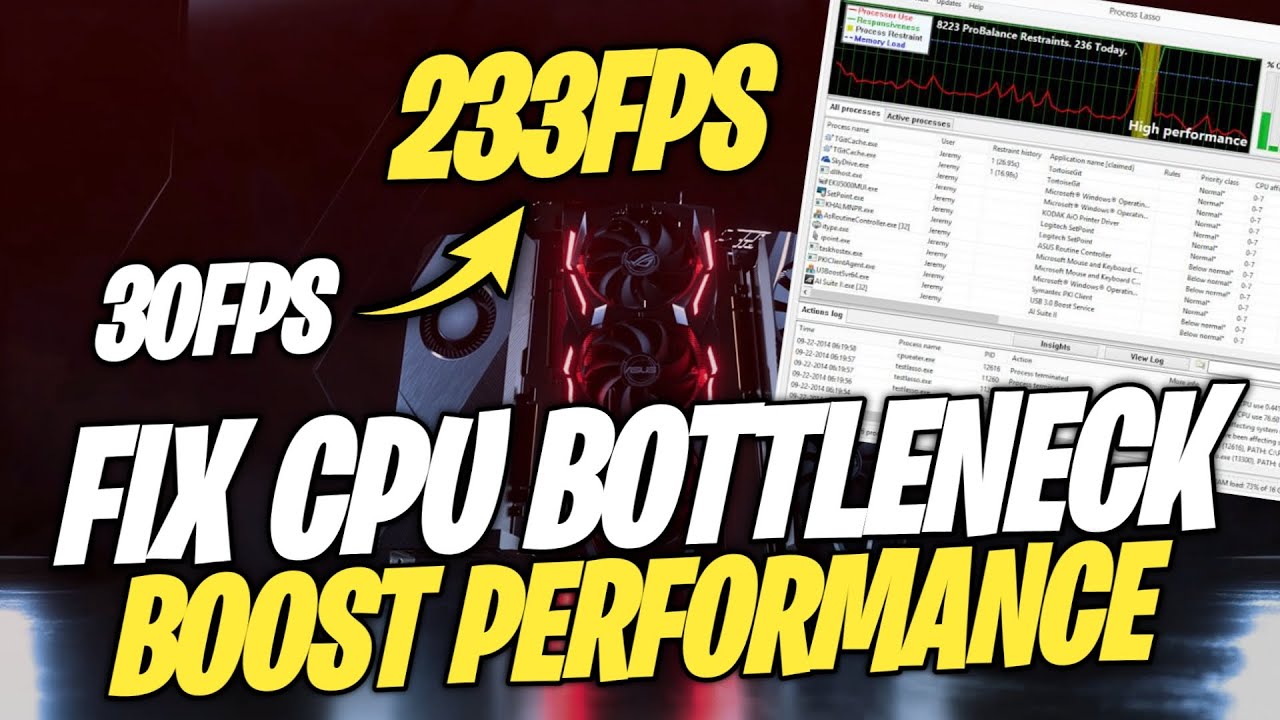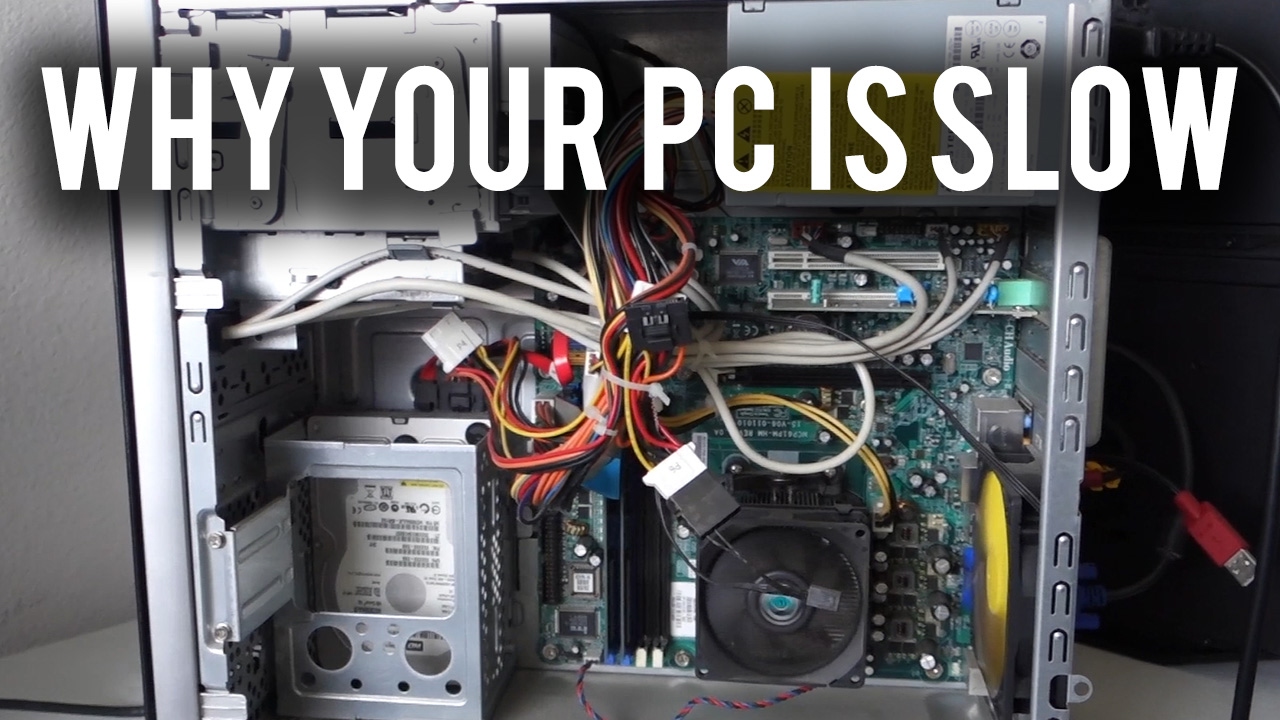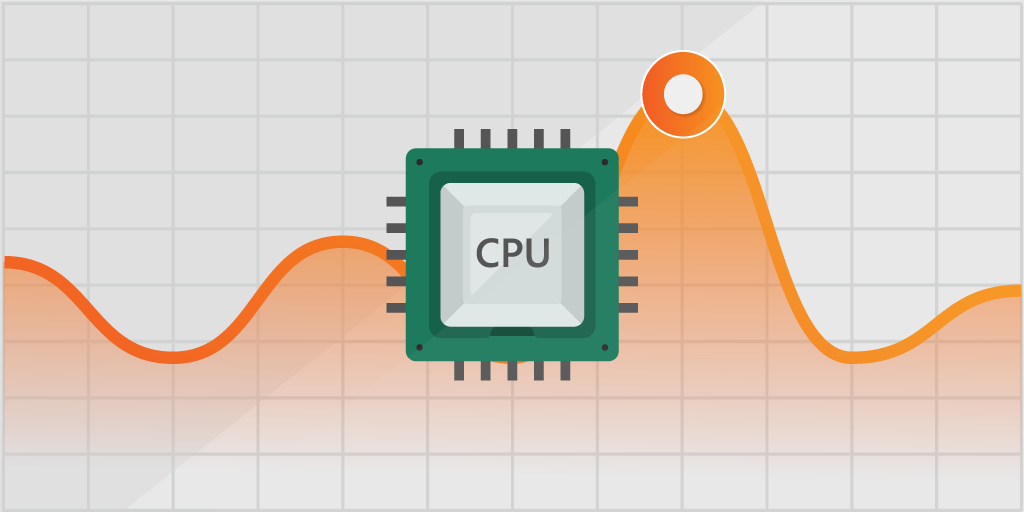Introduction
In today’s fast-paced digital world, computer performance plays a significant role in productivity. The central processing unit (CPU) is a critical component responsible for executing instructions and performing calculations. However, the intense workload on CPUs can lead to overheating, resulting in reduced performance and potential hardware damage.
To mitigate these risks, CPU manufacturers often implement a feature known as CPU throttling. CPU throttling is a mechanism that reduces the CPU’s clock speed or voltage to maintain safe operating temperatures and prevent overheating. While this helps protect the CPU, it can also lead to decreased performance, especially during demanding tasks.
However, in some scenarios, you may require maximum CPU performance and be willing to accept the increased risk of higher temperatures. In such cases, disabling CPU throttling can be beneficial. By disabling CPU throttling, you can unlock the full potential of your CPU and experience improved performance in resource-intensive tasks like gaming, video editing, or scientific computations.
In this article, we will explore the concept of CPU throttling in more detail, discuss why you may want to disable it, and provide step-by-step instructions to disable CPU throttling.
What is CPU Throttling?
CPU throttling, also known as dynamic frequency scaling or clock modulation, is a technique implemented by CPU manufacturers to regulate the processor’s performance and temperature. It is designed to protect the CPU from overheating and to ensure its longevity.
When a CPU is under heavy load or is operating at high temperatures, its performance can be negatively impacted. Excessive heat can cause the CPU to malfunction or even sustain permanent damage. To prevent this, CPU throttling dynamically adjusts the CPU’s clock speed and voltage to reduce its performance and subsequently lower the temperature.
When a CPU is operating at its maximum clock speed, it generates more heat. By reducing the clock speed, the CPU can operate at a lower temperature, reducing the risk of overheating. This reduction in clock speed is generally achieved by adjusting the multiplier or the front-side bus (FSB) frequency, leading to a decrease in the number of instructions executed per second.
Furthermore, modern CPUs often feature multiple cores. During CPU throttling, individual cores can be selectively deactivated or have their clock speeds reduced, further reducing the overall CPU performance while keeping temperatures under control.
CPU throttling is implemented at the hardware level, and it is controlled by the system’s BIOS and operating system. Some CPUs also have built-in thermal sensors that provide real-time temperature data, allowing the system to dynamically adjust the CPU’s performance based on the temperature readings.
It’s important to note that CPU throttling is a protective mechanism that helps maintain system stability and prevent hardware damage. In most scenarios, it is beneficial as it ensures the longevity of the CPU by preventing it from becoming overheated. However, there are situations where you may need maximum CPU performance, and disabling CPU throttling becomes necessary.
Why Disable CPU Throttling?
While CPU throttling is an effective measure to protect the CPU from overheating, there are instances where disabling it can be advantageous. Here are a few reasons why you might consider disabling CPU throttling:
- Improved Performance: CPU throttling can significantly impact the performance of resource-intensive tasks such as gaming, video editing, 3D rendering, and scientific simulations. By disabling CPU throttling, you can unleash the full power of your CPU and experience improved performance in these demanding applications.
- Reduced Lag and Delays: CPU throttling can cause lag and delays, especially when running applications that require high processing power. Disabling CPU throttling can help minimize these issues by allowing the CPU to operate at higher clock speeds consistently.
- Overclocking Potential: Overclocking is the process of running a CPU at a higher clock speed than its default specifications. Disabling CPU throttling is essential for successful overclocking as it allows the CPU to run at its maximum capacity without any frequency limitations imposed by throttling.
- Specific Workloads: Certain workloads may require sustained high-performance levels for extended periods. This includes tasks like video encoding, scientific calculations, and simulations. Disabling CPU throttling ensures that the CPU operates at its maximum capacity, resulting in faster completion times.
- Preference for Performance: Some users prioritize performance over the potential risks associated with increased temperatures. For enthusiasts and power users who are willing to monitor the CPU temperature closely, disabling CPU throttling can provide a tangible performance boost.
It’s important to note that disabling CPU throttling comes with risks. It can lead to increased temperatures, higher power consumption, and potentially reduced CPU lifespan if not carefully managed. Therefore, it is crucial to ensure proper cooling and monitoring systems are in place before disabling CPU throttling.
Now that we understand the reasons why you might want to disable CPU throttling, let’s explore the methods to check if CPU throttling is enabled on your system and how to disable it if necessary.
How to Check if CPU Throttling is Enabled?
Before you can proceed with disabling CPU throttling, it’s important to determine whether it is currently enabled on your system. Here are a few methods to check if CPU throttling is enabled:
- Monitoring Software: Use monitoring software such as CPU-Z or HWMonitor to check the current clock speed and frequency of your CPU. These tools provide real-time information about your CPU’s performance and can indicate whether throttling is occurring.
- Task Manager: On Windows, open the Task Manager by right-clicking on the taskbar and selecting “Task Manager.” Go to the “Performance” tab and look for the CPU section. If you notice significant fluctuations in CPU usage or clock speed, it is an indication that CPU throttling may be active.
- Terminal Commands: On Linux or macOS, open the terminal and type in the command “cpufreq-info”. This command will display detailed information about your CPU, including the current frequency scaling and potential throttling.
- BIOS Settings: Access your computer’s BIOS settings by restarting your system and pressing the designated key (usually F2, F10, or Delete) during startup. Look for settings related to CPU performance or power management. Some BIOSes provide options to enable or disable CPU throttling or specify power profiles that control performance levels.
By using one or more of these methods, you can determine if CPU throttling is currently active on your system. If you find that CPU throttling is affecting your desired performance levels, it may be necessary to disable it. In the following section, we will explore the steps to disable CPU throttling through BIOS and power plan settings.
Steps to Disable CPU Throttling
Disabling CPU throttling involves making changes to both the system’s BIOS settings and the power plan settings in the operating system. Here are the steps to disable CPU throttling:
- Access the BIOS Settings: Restart your computer and enter the BIOS settings by pressing the designated key during startup (typically F2, F10, or Delete). The exact key may vary depending on your system’s manufacturer. Look for settings related to CPU performance or power management.
- Disable CPU Throttling in BIOS: Within the BIOS settings, navigate to the CPU performance or power management options. Look for options that control CPU throttling or dynamic frequency scaling. Disable any settings related to CPU throttling. Save your changes and exit the BIOS settings.
- Access Power Plan Settings: In the operating system, access the power plan settings. On Windows, you can do this by going to the Control Panel and searching for “Power Options.” Select the “Power Options” or “Edit power plan” control panel option.
- Modify Power Plan Settings: Within the power plan settings, look for options related to processor power management or CPU throttling. Set the minimum and maximum processor state to 100% to ensure that the CPU operates at its maximum clock speed at all times. Save the changes to the power plan.
- Apply the Modified Power Plan: Select the modified power plan as the active power plan. This can usually be done by clicking on the power plan name in the control panel and selecting the “Apply” button or using the respective options provided.
Once you have completed these steps, the CPU throttling should be disabled, and your CPU should operate at its maximum capacity consistently. However, it’s important to note that disabling CPU throttling can increase the risk of overheating, so proper cooling measures should be in place to prevent any potential damage.
It’s also worth mentioning that the specific steps and options may vary depending on your system’s manufacturer, BIOS version, and operating system. It is recommended to consult the user manual or manufacturer’s documentation for more accurate instructions tailored to your specific hardware.
In the next section, we will provide some additional tips to prevent CPU throttling and ensure optimal performance while maintaining system stability.
BIOS Settings
The Basic Input/Output System (BIOS) is a firmware interface that allows users to configure and control the hardware settings of their computer. Disabling CPU throttling often requires making changes in the BIOS settings. Here are some key points to consider when adjusting the BIOS settings:
- Accessing the BIOS: To access the BIOS, restart your computer and press the designated key during startup. The specific key to access the BIOS varies depending on your computer’s manufacturer, but it is commonly F2, F10, or Delete. Consult your computer’s documentation or manufacturer’s website if you’re unsure.
- Locating CPU Performance Options: Once in the BIOS settings, navigate to the section that controls CPU performance. This section might be labeled as “CPU Configuration,” “Power Management,” or something similar. Look for options related to CPU throttling, power management, or frequency scaling.
- Disabling CPU Throttling: Within the CPU performance options, search for settings related to CPU throttling or dynamic frequency scaling. The exact names and locations of these options depend on your motherboard and BIOS version. Disable any CPU throttling or frequency scaling options by selecting the appropriate setting (e.g., “Disabled” or “Maximum Performance”).
- Save and Exit: After making the necessary changes, save your modifications and exit the BIOS settings. This usually involves pressing the “F10” key or selecting the “Save and Exit” option. The BIOS will then apply the changes, and your computer will restart.
Keep in mind that the BIOS settings may vary depending on your computer’s manufacturer and BIOS version. It’s essential to refer to your motherboard or computer’s documentation for specific instructions tailored to your system.
Disabling CPU throttling through the BIOS settings unlocks the full potential of your CPU’s performance. However, it also comes with increased power consumption and heat generation. To ensure optimal system stability and prevent overheating, other cooling measures such as proper ventilation, quality thermal paste, and adequate CPU cooling solutions should be in place.
In the next section, we will discuss how power plan settings in the operating system can further optimize CPU performance and prevent throttling.
Power Plan Settings
Power plan settings in the operating system allow you to define how your computer manages power consumption and performance. By modifying the power plan settings, you can further optimize CPU performance and prevent CPU throttling. Here’s how you can adjust the power plan settings:
- Accessing Power Plan Settings: On Windows operating systems, go to the Control Panel and search for “Power Options.” Select the “Power Options” or “Edit power plan” control panel option. This will bring up the power plan settings.
- Selecting a Power Plan: In the power plan settings, you will see a list of available power plans. Typically, there are predefined plans like “Balanced,” “Power Saver,” and “High Performance.” Select the power plan that you want to modify or create a new plan if needed.
- Modifying Processor Power Management: Within the power plan settings, look for options related to processor power management or CPU throttling. You may find settings like “Minimum Processor State” and “Maximum Processor State.” Set both of these values to 100% to ensure that the CPU operates at its maximum clock speed at all times.
- Adjusting Additional Power Settings: Some power plans provide advanced power settings that allow further customization. Explore these options to optimize CPU performance. Look for settings related to CPU cooling policy, system cooling policy, or any other power-related options that may impact CPU performance. Select options that prioritize performance over power saving.
- Save and Apply the Modified Power Plan: Once you have made the changes, save the modified power plan by clicking on the “Save” or “Apply” button in the power plan settings. The modified power plan will now be applied, ensuring that the CPU operates at its maximum capacity without any automatic throttling.
It’s important to note that the power plan settings may be different on different operating systems or versions. The instructions above are specific to Windows operating systems, so consult the documentation for macOS or Linux if you’re using a different platform.
By adjusting the power plan settings, you can ensure that the CPU operates at its maximum performance consistently, preventing any automatic throttling that may hinder performance. However, it’s crucial to monitor temperatures and overall system stability after modifying these settings to ensure that adequate cooling measures are in place.
In the next section, we will provide some additional tips to prevent CPU throttling and optimize CPU performance.
Additional Tips to Prevent CPU Throttling
Aside from adjusting the BIOS settings and power plan settings, there are several additional measures you can take to prevent CPU throttling and optimize CPU performance:
- Ensure Proper Cooling: Adequate cooling is essential to prevent overheating and CPU throttling. Ensure that your computer’s cooling system, including fans and heat sinks, are clean and functioning properly. Consider investing in aftermarket cooling solutions, such as high-performance CPU coolers or liquid cooling, for improved heat dissipation.
- Monitor CPU Temperatures: Use software utilities to monitor CPU temperatures in real-time. This will allow you to identify any potential overheating issues and take necessary action, such as adjusting cooling solutions or reducing CPU load, to prevent throttling.
- Apply Thermal Paste: Properly applying high-quality thermal paste between the CPU and the heatsink can improve heat transfer and reduce operating temperatures, thus reducing the likelihood of CPU throttling. Follow manufacturer guidelines or seek professional assistance to ensure correct application.
- Keep System Clean and Dust-Free: Regularly clean your computer’s internals, including fans, heat sinks, and air vents, to remove accumulated dust and debris. Dust buildup can impede airflow and contribute to higher operating temperatures, leading to throttling. Use compressed air or a soft brush to gently clean the components.
- Avoid Overclocking to Extreme Levels: While overclocking can enhance performance, pushing the CPU beyond its limits can result in higher temperatures and instability. Exercise caution when overclocking and ensure the CPU remains within safe temperature ranges.
- Optimize Software Settings: Some software applications, such as video editing or gaming tools, allow you to adjust their performance settings. Optimize these settings to strike a balance between performance and temperature, preventing excessive CPU utilization that may lead to throttling.
- Upgrade Hardware Components: If you consistently encounter CPU throttling due to increased demands, consider upgrading your hardware components. Upgrading to a more powerful CPU, increasing memory capacity, or opting for a faster storage drive can alleviate the strain on the CPU and improve overall system performance.
By incorporating these additional tips into your system maintenance routine and optimizing hardware and software settings, you can effectively prevent CPU throttling and ensure optimal CPU performance for your specific computing needs.
Now that you have a comprehensive understanding of how to prevent CPU throttling and maximize CPU performance, you can confidently apply these methods to experience improved system responsiveness and enhanced productivity.
Conclusion
CPU throttling is a protective mechanism implemented by CPU manufacturers to regulate the CPU’s performance and prevent overheating. While it serves an important purpose in maintaining system stability and safeguarding the CPU, there may be instances where disabling CPU throttling can be beneficial.
In this article, we explored what CPU throttling is and why you might consider disabling it. We discussed the steps to check if CPU throttling is enabled and provided instructions to disable CPU throttling through BIOS settings and power plan settings in the operating system.
Additionally, we highlighted the importance of proper cooling, monitoring CPU temperatures, applying thermal paste correctly, keeping the system clean, and being cautious with overclocking. These additional tips play a crucial role in preventing CPU throttling and optimizing CPU performance.
It’s important to remember that disabling CPU throttling involves risks, such as increased heat generation and potential damage to the CPU if proper cooling measures are not in place. Therefore, it’s essential to monitor temperatures and ensure that adequate cooling and ventilation are maintained when running the CPU at its maximum capacity.
By following the steps and tips provided in this article, you can unlock the full potential of your CPU and experience improved performance in resource-intensive tasks. However, it’s recommended to consult your system’s documentation or seek professional guidance if you are unsure about making changes to BIOS settings or power plan settings.
Remember, optimizing CPU performance should always be balanced with maintaining system stability and longevity. With careful consideration and implementation of the techniques discussed, you can effectively prevent CPU throttling while safeguarding your system’s components.







